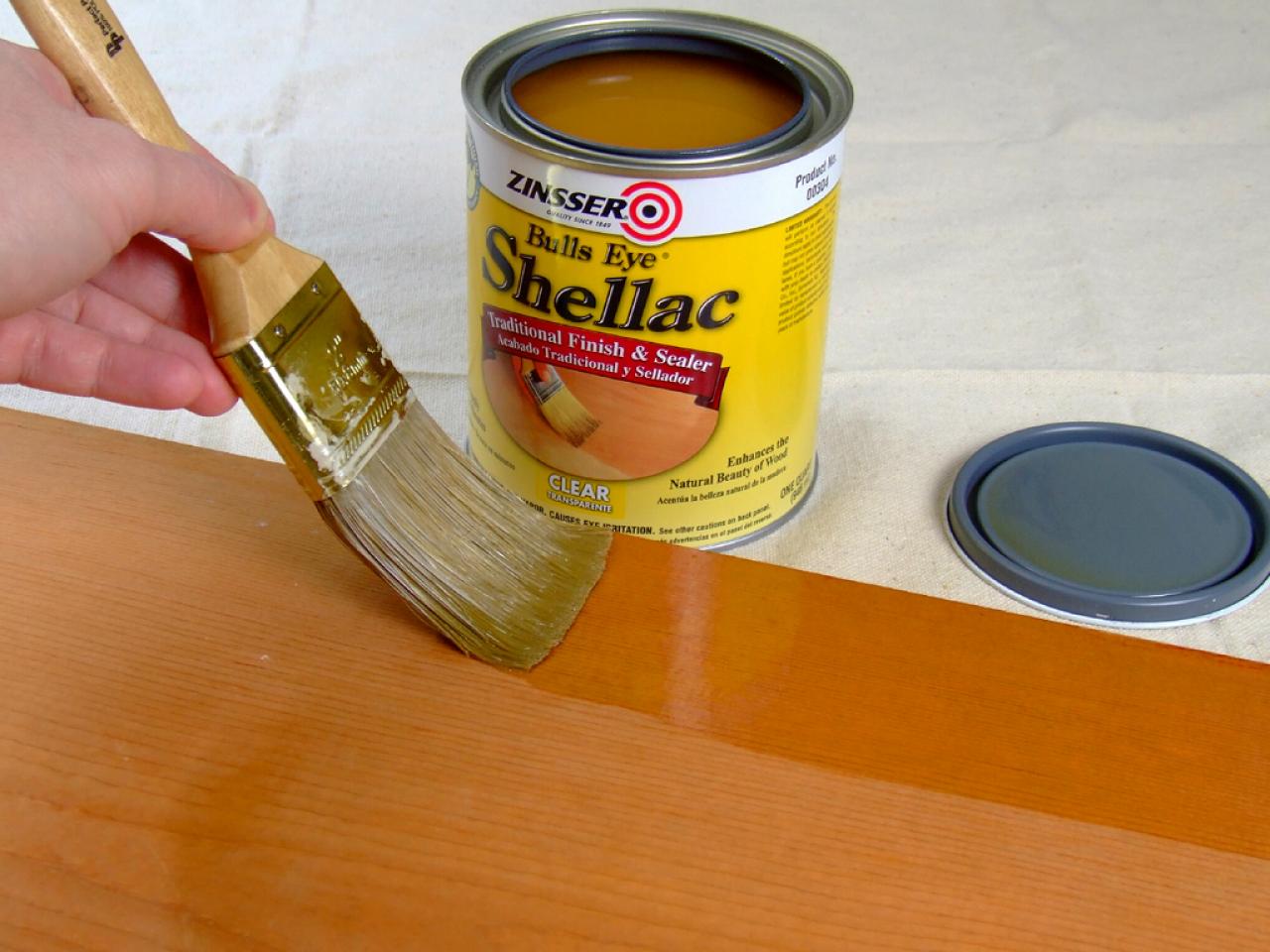After Scores of conversations with chemists, regulatory agencies, complete manufacturers, completing specialists, and woodworkers, I discovered there are a couple of wood finishes which everybody agrees are food secure. Nonetheless, these food-safe wood finish for cutting board are the least protective, and also the excellent bulk are in a type of limbo, with lots of specialists saying most are good to be used with food but with others stating they ought to be avoided since there are a few lingering questions regarding their security. From the welter of other opinions about which endings are food secure and which aren’t, some naturally derived, unblended, no-hidden-ingredients, surely nontoxic finishes stick out.
Here are the 7 best food-safe wood finishes in the market today
- Shellac
This is a Surface sealing, natural finish that comes in the Lac bug. You can bet it is safe to eat, they coating candy with it. Shellac is a film-forming complete, and provides great protection against moisture. It leaves a shiny finish if implemented thick and buffed out.
- Pure Tung Oil
This really is one of the hottest “Drying Oils” (I will explain what that means under). It really hardens because it cures and contains water-resistant properties. And contrary to popular belief, pure Tung oil doesn’t influence people who have-not” allergies.
- Food Grade Beeswax
This literally comes in the honeycomb of honey bees. There’s a process used to enhance it, but once complete, it is safe for ingestion. It is frequently utilized to glaze fruit, in addition to from the production of gel capsules and chewing gum. Prevent on surfaces which can get hot, since the wax will melt.
- Carnauba Wax
This is Plant-based, and can be deemed safe for consumption since its inert, non-toxic, and can’t be digested by humans. It is frequently used because of its “Shiny” properties, and may be combined with beeswax to add water-resistance.
- Food Grade Mineral Oil
This is a Non-toxic, non-drying oil that’s widely used on butcher block tables and cutting boards. It has to be re-applied as frequently as monthly, and will become brittle and brittle if not preserved, so make sure you keep a bottle on hand.
- Walnut Oil
This sweet-smelling end is nontoxic and resists water and alcohol. It may nevertheless go rancid over time. Make sure you leave it vulnerable to oxygen following program. Once fully cured, it shouldn’t influence people who have nut-allergies, but care should nevertheless be taken.
- Raw Linseed Oil
This drying oil Comes in flax seeds, also offers protection from water and sun damage. It is not elegant so it goes out of seed, to container, to your project. It will take a very long time to wash, so long as a couple weeks, and even up to a month.
How to Apply an Oil Finish
I am speaking about entering oil finishes here, in the listing above. This is exactly the same if it is a drying or even a non-drying oil, also please do not forget to discard your rags properly!!! Visit handyman.guide to read more about what is the best food-safe wood finish.
To employ an oil end, you want some lint-free rags and a few nitrile gloves. Pour some oil to the rag, or right onto the timber surface.
Now disperse it around and rub it with the management of the grain of the wood (it is ok to place it on fairly thick). It truly is that easy, and it is nearly impossible to mess up!
Let It soak 10 minutes, then wipe away anything did not soak in using a clean rag. Employ extra coats following the preceding is dry to your touch.
To leave a much smoother finish, sand with 400 or 600 grit wet/dry sand paper after the first coat, until it dries. This makes a slurry that matches little pores and leaves a glass-smooth complete. Gently wash down it to eliminate sanding slurry build-up with the exact same rag which has some oil in it (maybe not enough to pool up on the surface), then let it dry before applying another coat.
This is a really general principle to employing an oil finish, but read the instructions that includes your end and be certain to include any additional proposed measures, or coat amount limitations.
The “Reality” Of Food-Safe Wood Finishes:
Most (if not all) contemporary kinds of timber finishes no more include the extremely hazardous advertisements, such as lead dryers. That means there is no reason to steer clear of certain endings like their own plague. Add it to the fact that some commercially accessible surface sealers and movie finishes dry quickly, continue quite a while, and provide the maximum degree of protection, and you will see why these options are widely utilized in ‘food grade’ software.
Mostly, I am speaking about what many men and women believe “on Food-Safe” finishes, especially items like Boiled Linseed Oil, Danish Oil, Varnish, Polyurethane, Lacquer, and paint.
And here is where the controversy lies… Commercially available wood finishes of Types, if given sufficient time to completely cure, are really safe to eat off of.
